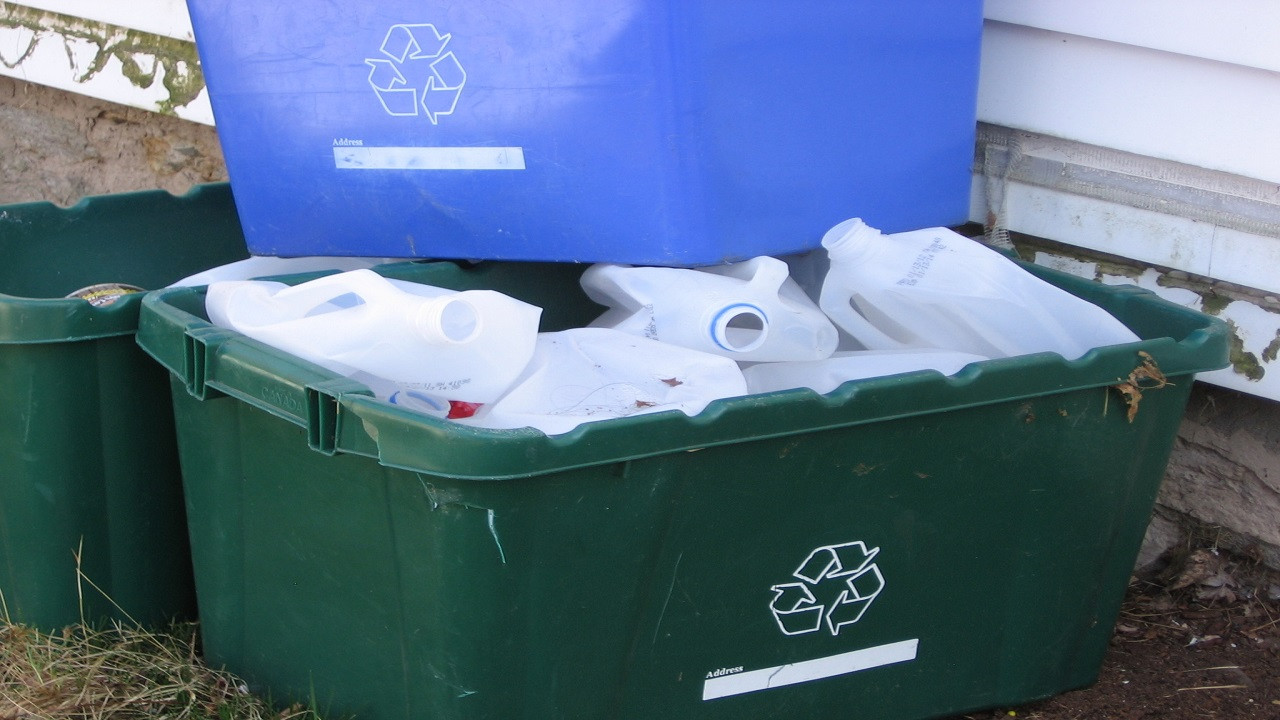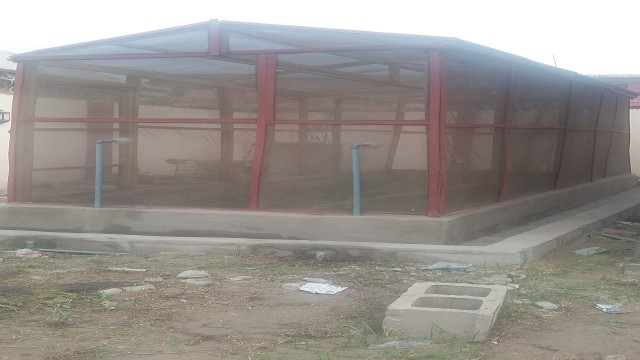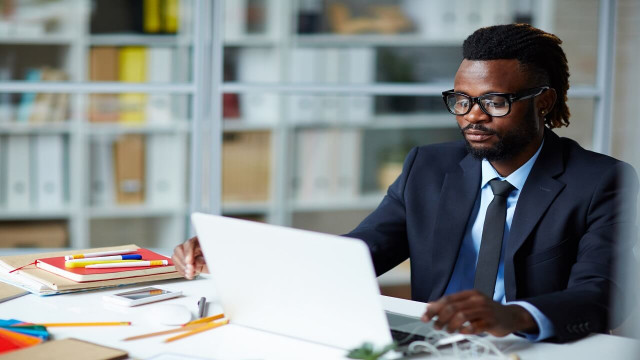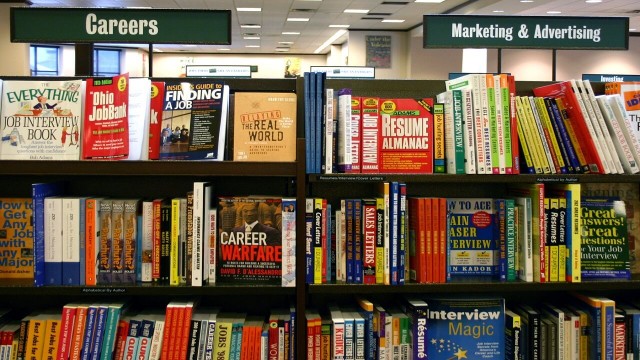
How to Invest in Waste
March 2, 2022, 5:13 am
The problem of proliferating waste is one with which almost everyone is familiar with.
There are still some surprises, however: for example, did you know that 60% of clothing is buried or burned within a year of being made, 33% of edible food is thrown away uneaten and 50% of all plastics are single-use?
How to Invest in Waste
The World Bank predicts that waste levels could be growing twice as fast as the global population by 2050—but that expansion also creates growth opportunities for investors
Global Waste Management Initiatives
Our throwaway lifestyles already generate vast amount of waste and the garbage heap is set to grow even more rapidly as emerging markets develop a taste for Western consumerism. While the planet’s richest countries are now generally getting more conscious of their disposable societies’ environmental impact, the US remains the world’s worst offender in terms of waste per capita, thanks in part to its infamously poor recycling rates.
Maximum use of products must be made if the world is to avoid being overwhelmed with waste. This requires moving away from the linear ‘take-make-waste’ model of modernity towards a more ‘circular’ economy. As well as focusing on greater reuse of waste as a new resource, the circular economy aims to extend the life of existing products and encouraging wider principles of leasing and sharing.
Many companies around the world are already developing new techniques that treat waste as a treasure trove of raw material—for example, cockroach factories that turn food waste into cosmetics, manure piles as an energy resource and coffee pods becoming bicycles. Such circular economy initiatives appear to make economic sense as well.
A circular economy is an economic system that tackles global challenges like climate change, biodiversity loss, waste, and pollution.
Most linear economy businesses take a natural resource and turn it into a product which is ultimately destined to become waste because of the way it has been designed and made. This process is often summarized by "take, make, waste". By contrast, a circular economy employs reuse, sharing, repair, refurbishment, remanufacturing and recycling to create a closed-loop system, minimizing the use of resource inputs and the creation of waste, pollution and carbon emissions.
The Ellen MacArthur Foundation estimates that the adoption of circular principles in Europe alone could offer annual benefits of $2 trillion by 2030, while they could help Chinese businesses and households save $10 trillion a year by 2040.
Why Should You Be Concerned
Waste as an investment theme seems to be catching on lately. Money managed in public stock funds focused on the circular economy has increased six times since the start of 2020, swelling to over $2 billion. It may be no coincidence that these funds also outperformed their benchmarks by an average of 5% points in the first half of 2021. This is an admittedly short time farm, and most funds don’t yet have proven track records. Still, such investment opportunities are certainly increasing—and they could potentially offer you handsome returns.
Longer-term data also seem supportive: in the UK, companies in the waste sector have consistently created more value than the overall economy for much of the past two decades.
How to Invest in Waste
The simplest and cheapest way to invest is through an exchange-traded fund (ETF). French bank BNP Paribas launched its Easy ECPI Circular Economy Leaders ETF in 2019, tracking an index of the top 50 major global corporations with exposure to the opportunities offered by an increasingly circular economic model.
You could also park your money into an actively managed but also more expensive—fund, run by a professional investor selecting stock they think will outperform the market. One of the world’s largest asset managers, BlackRock, launched the BGF Circular Economy Fund last year.
While the investment options are relatively plentiful, however, skeptics say the general theme still isn’t big enough to buy into just yet. They argue that many of the young companies developing innovative techniques to recycle and reuse rubbish aren’t yet listed on the stock markets. Companies that are currently included in funds, meanwhile, include those that are transitioning towards a circular economy—but may still consume many raw materials or generate high carbon emissions.
The index tracked by the BNP Paribas ETF, for example, features names which investors might not immediately associate with waste reduction. Among its top constituents are serial sneaker shipper Nike and machinery manufacturer Caterpillar; while both firms are making environmental strides, they remain big consumers for now.
Unfortunately, the difficulty of finding ‘pure-play’ companies is one which often occurs in sustainable investing. So, if you do decide to square your investments with the circular economy, don’t waste the opportunity to pick wisely.














Share This Article: